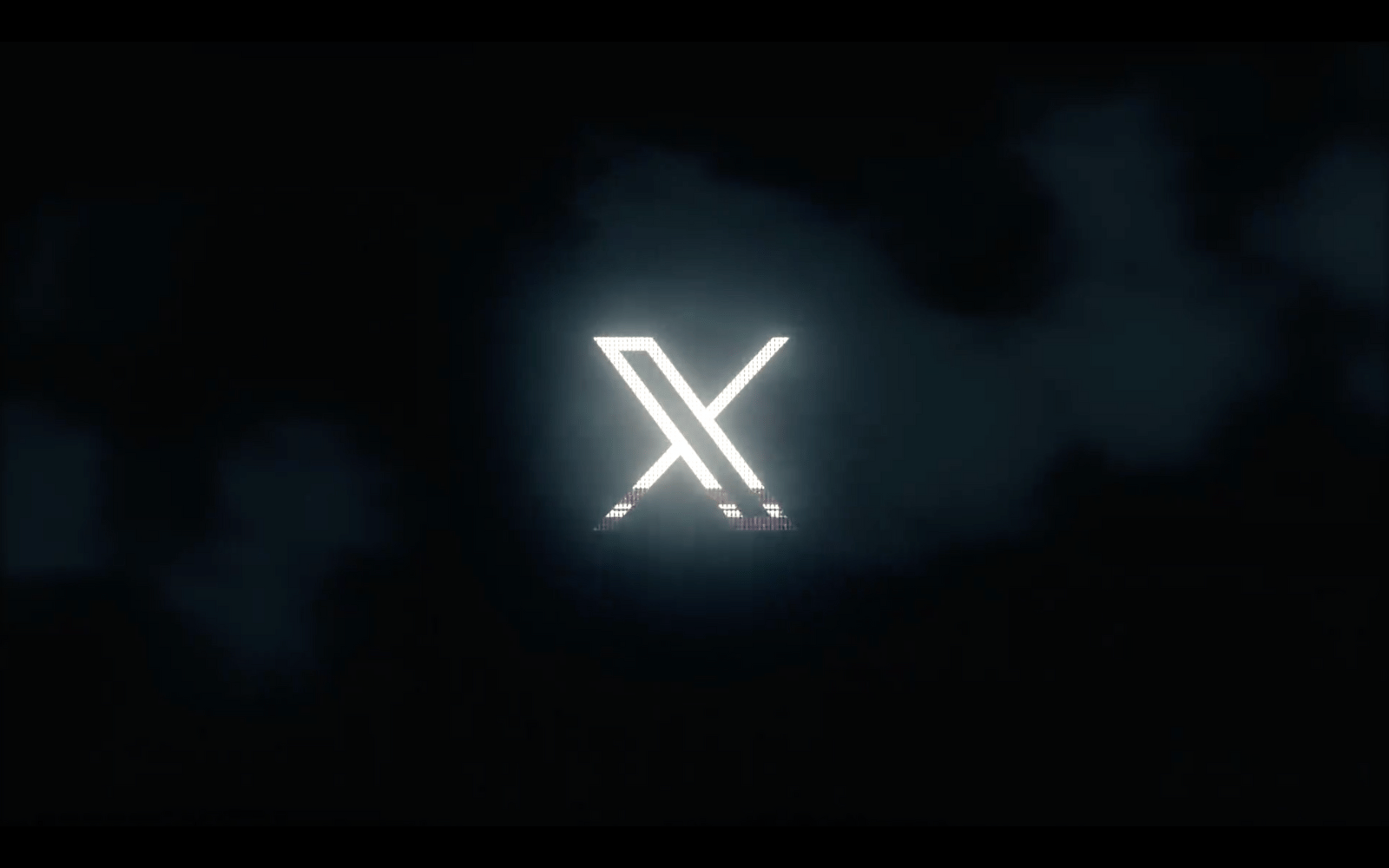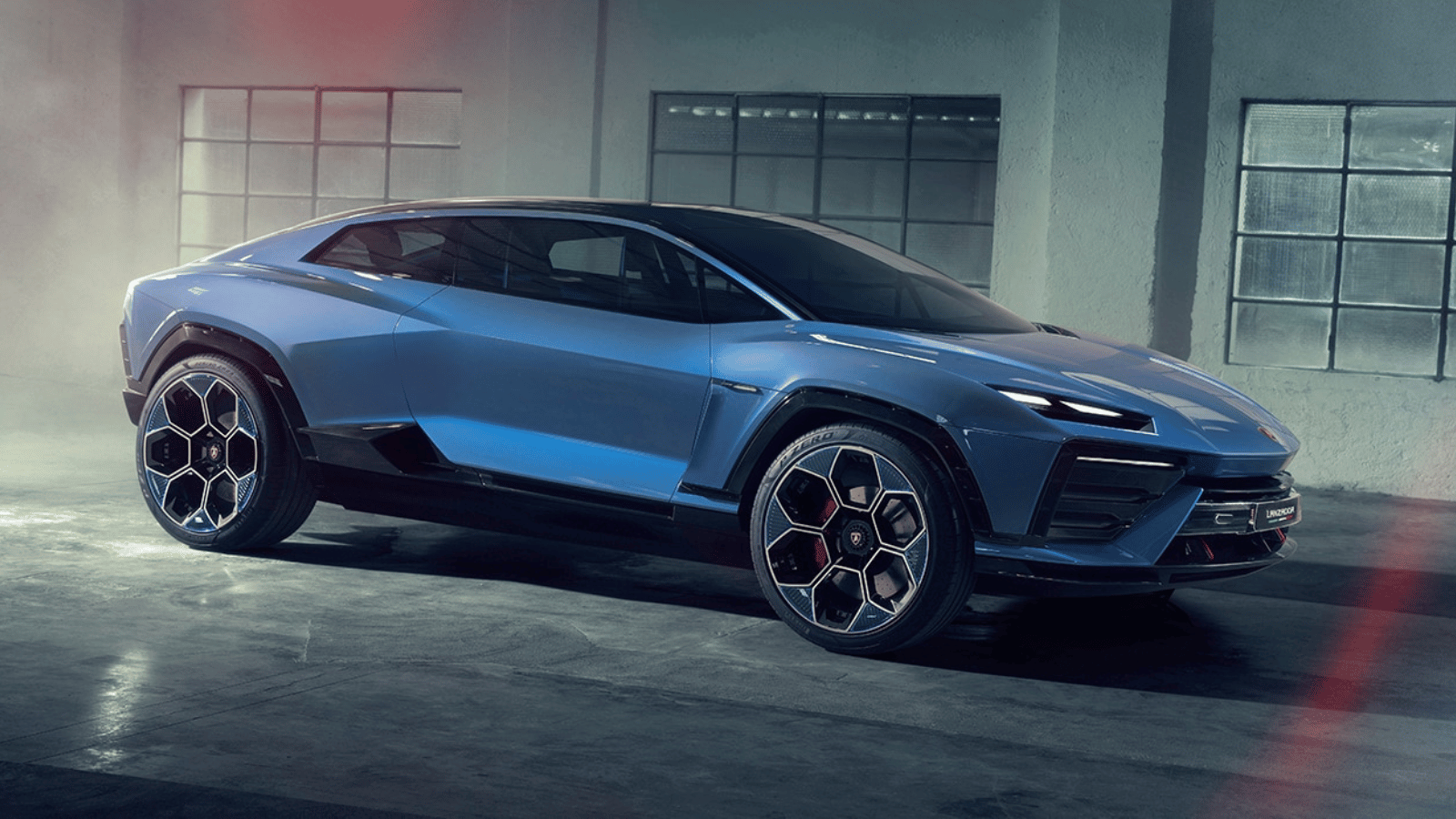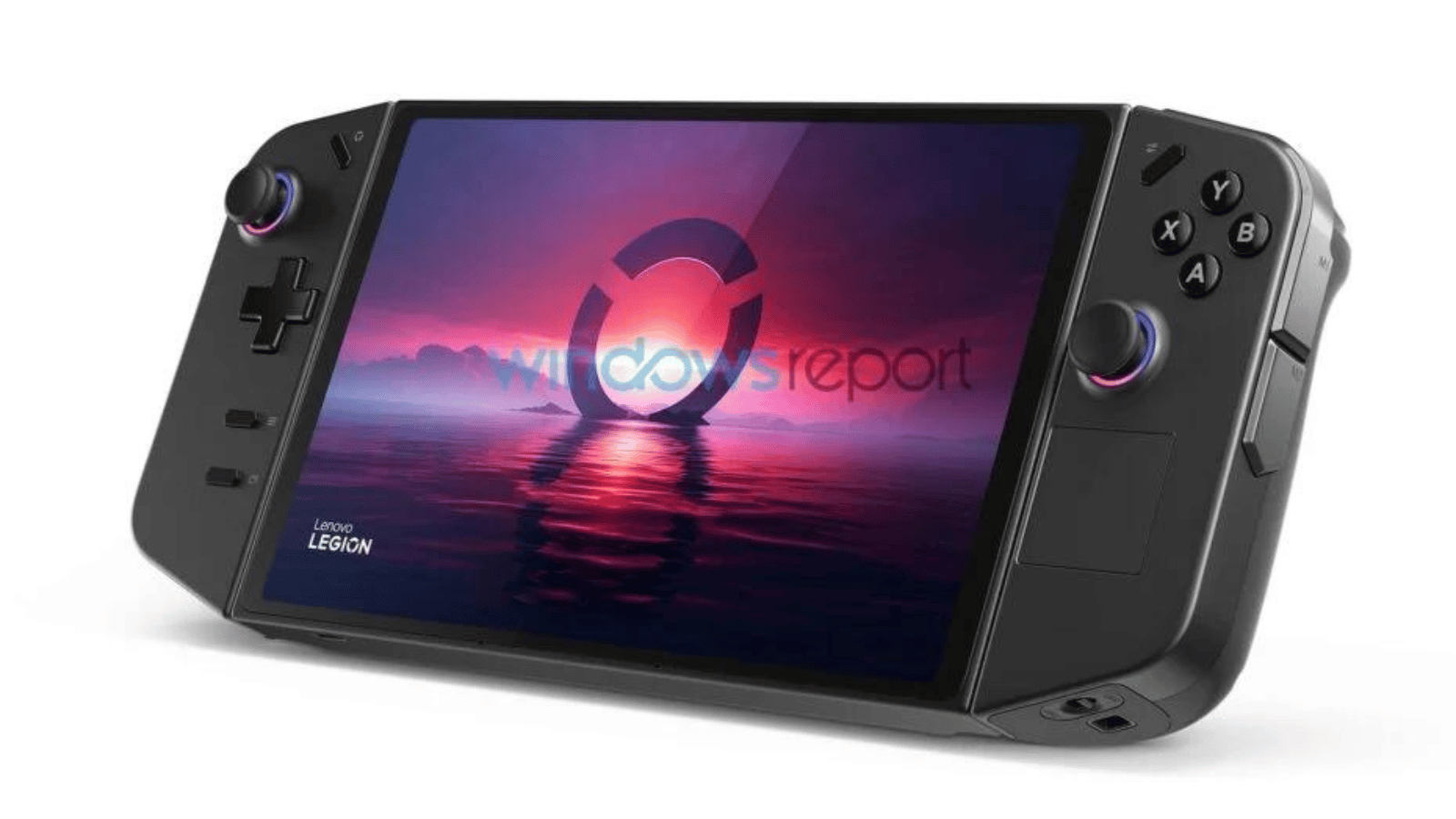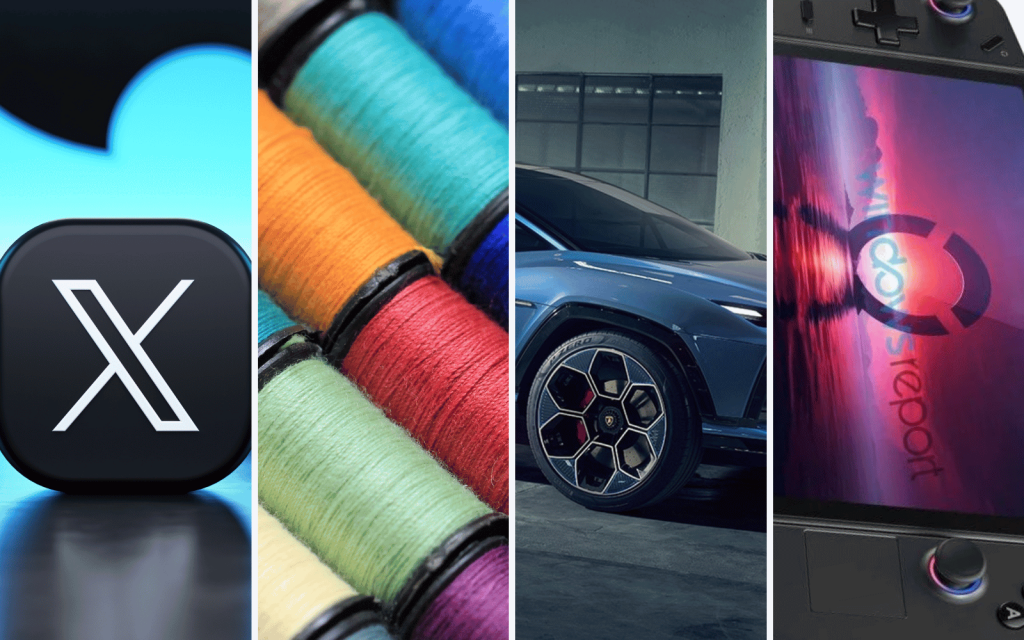X Pro Block

X, the app formerly known as Twitter, is yet again making headlines. This time ‘round, Musk is attempting to remove the block feature because… this is Elon Musk we’re talking about. “Block is going to be deleted as a “feature”, except for DMs,” the billionaire said in a reply on Friday, followed up by “It makes no sense.”
Obviously, Musk’s tweet stirred up the sort of outrage you’ll only find on X, with many users making their thoughts known. Musk’s ideas on the block “feature” were known as early as June, when he said “Blocking public posts makes no sense. It needs to be deprecated in favor of a stronger form of mute.” What a stronger mute might look like – in lieu of the block button – we’re not sure. We may never find out.
See, Musk’s $44 billion splurge on Twitter came with a few Ts and Cs. As many pointed out – using the app’s Community Notes feature – both Google and Apple’s stores contain language that dictate social media apps must contain a block feature. The Play Store mentions apps must have “an in-app system for blocking [user-generated content] and users,” while Apple’s devs must include “the ability to block abusive users from the service.”
Whether this is something X can fight, we’ll have to wait and see. Our guess? The block “feature” might be sticking around for some time longer, considering Elon’s previous altercation with Apple (and subsequent backing down).
Threads gets a web launch

It’s been over a month since Meta’s own Twitter (now X) rival, Threads, launched. In that time, Threads has hit some major milestones, added a few updates, and lost more than 80% of its users. Yikes. Meta might be hoping to change that, with the launch of a Threads web version early this week, which has been glaringly absent in the app’s short life.
That news comes from The Wall Street Journal (via The Verge), with Meta CEO Mar Zuckerberg noting that the web launch would include a much-needed overhaul of the search function. As it stands, Threads’ search is barebones, only allowing users to search for other users and… not much else.
Despite the expected launch this week, the WSJ also noted that Threads’ web launch plans are not set in stone. “Launch plans aren’t final and could change,” say the WSJ’s sources. Adam Mosseri, head of Instagram, confirmed that the company was testing “an early version internally” and that “it still needs some work” before it goes live.
Say hello to the Lanzador, Lamborghini’s first serious concept EV

Lamborghini, the makers of every thirteen-year-old boy’s dream car, recently gave the world its first look at its Lanzador concept on Friday at Monterey Car Week. It’s a shape (and engine) Lamborghini hasn’t experimented with yet, with the closest thing being the Terzo Millennio concept from 2017 that never made it to the production line.
What makes the Lanzador so special? It’s an all-electric concept – like the Millennio – except this one has a real chance of reaching the 1%’s driveways – sometime in 2028 if all goes according to plan. The Lanzador’s oddly beautiful shape seems inspired by the company’s Urus and Sián ranges, while also wanting to make the driver feel as if they were piloting a spaceship.
Unfortunately, Lamborghini is being skittish about all the features you’d want to hear about on any EV. Stuff like charge time, range, price, or 0 to 100km/h acceleration. It’s not all bad news, though. Lamborghini did reveal one thing about the Lanzador, and that’s it’s capable of “peak power of over one megawatt.”
Still, that doesn’t tell us much. It tells us that it’s fast – with the equivalent of one megawatt equalling 1,341 mechanical horsepower – something a few cars like the Roadster are capable of. There’s plenty more to know about the Lanzador’s construction, Lamborghini’s promises of smoothness, and 23in wheels, all of which you can check out here.
But can it play Tears of the Kingdom? Probably

Nintendo changed the game in 2017. We’re not only talking about Breath of the Wild but the console it was released on: the Switch. A console so good it’s had about as many knockoffs as we’ve had joy-cons. Lenovo is the latest company to give the mini-PC idea a shot, taking form in the Lenovo Legion Go, which sports its own joy-con-like detachable controllers.
The Lenovo Legion Go is all but confirmed by the company itself. We know it exists (and what it looks like) thanks to a recent report from WindowsReport, which showed off a few leaked images of the upcoming device and detachable controllers. We also got a peek at those controller’s many rear buttons, along with the handheld’s wide-enough kickstand that, again, mimics the Switch.
As for any internals, however, those details are still being clutched close to Lenovo’s chest. Whether it’ll manage to compete with Asus’ or Steam’s mini-PC offerings, based on performance, price, and battery life, remains to be seen. We know Lenovo is planning to use AMD’s Phoenix processors and an 8in display thanks to WindowsCentral, though any other specifics are still up in the air.




